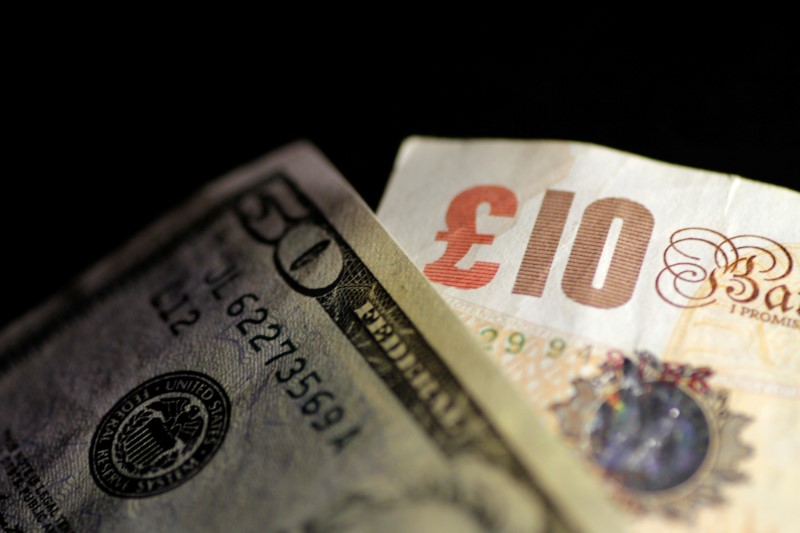
At 04:00 ET (09:00 GMT), the Dollar Index, which tracks the greenback against a basket of six other currencies, traded 0.1% lower at 103.212, but is up over 1% so far this week.
Signs of resilience in the U.S. economy has hit expectations that the U.S. central bank will start its rate-cutting cycle as early as the first quarter of this year.
U.S. retail sales came in stronger than expected earlier in the week, and on Thursday data showed that the number of Americans filing new claims for unemployment benefits fell last week to the lowest level in nearly 1-1/2 years.
“Markets remain attached to the prospect of a March cut, now priced with around 50%-60% probability, but we really struggle to imagine the Fed cutting in two months’ time against the current economic backdrop,” said analysts at ING, in a note.
The Fed next meets at the end of this month, and “the only key data release in the U.S. before then is the fourth quarter GDP figures next week, and barring major surprises there, there is no compelling bearish story for the next week or so,” ING added.
In Europe, GBP/USD fell 0.3% to 1.2670, with sterling hit after U.K. retail sales slumped 3.2% in December, the biggest drop in sales since January 2021, raising the risk that the U.K. economy entered recession late last year.
This illustrates the difficult position the Bank of England finds itself in, as data released earlier this week showed that U.K. inflation unexpectedly accelerated in December, implying that the central bank will be slower to cut rates than its peers.
“This means that a further repricing lower in BoE rate expectations would require markets to make a conviction call that the December CPI surprise was just a blip,” ING added.
EUR/USD traded largely unchanged at 1.0874, with traders awaiting comments from European Central Bank President Christine Lagarde at Davos later in the session.
Lagarde downplayed expectations for early rate cuts earlier in the week, and it seems unlikely she’ll backtrack today.
In Asia, USD/JPY traded just lower at 148.11, with the yen set to lose more than 2% this week.
Data on Friday showed Japanese consumer inflation fell to its lowest since June 2022 in December, setting up the Bank of Japan to largely maintain its ultra-dovish policy when it meets next week.
USD/CNY traded just lower at 7.1944, with the yuan still weak after data earlier this week showed that the second largest economy in the world grew less than expected in the fourth quarter.
To read the full article, Click Here
